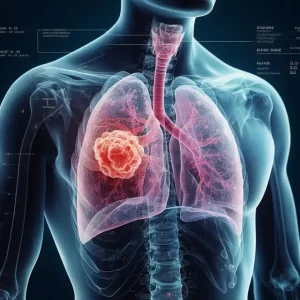Difference between inactivated vaccines and live attenuated vaccines
Difference between inactivated vaccines and live attenuated vaccines
What is the difference between inactivated vaccines and live attenuated vaccines? Inactivated vaccines are vaccines made by physically or chemically inactivating pathogenic microorganisms (including bacteria, viruses, rickettsia, etc.) and their metabolites, losing their virulence, but still retaining their immunogenicity ; Live attenuated vaccine is to make pathogenic microorganisms (bacteria and viruses) under artificial conditions to make them lose their pathogenicity, but still retain their reproductive ability and immunogenicity to make live attenuated vaccines.

Inactivated vaccines generally do not produce high immunity after one injection, and they need to be injected 2 to 3 times or boost injections to produce a more satisfactory immunity; live attenuated vaccines have a long action time in the body and often only need to be vaccinated once. Can produce stable immunity, such vaccines include polio vaccine and measles vaccine.
Inactivated vaccines are safe to use, easy to store, and there is no risk of contamination; general live attenuated vaccines retain a certain residual virulence, which may induce serious diseases for some individuals (such as immunodeficiency). Live attenuated vaccines are live microbial preparations that may cause Environmental pollution, causing cross infection, etc.
1. Different Concepts
Inactivated bai vaccine: refers to first culturing the virus or bacteria, and then using heat or chemical agents (usually formalin) to inactivate them. Inactivated vaccines can be composed of whole viruses or bacteria, or can be composed of their split fragments to form split vaccines.
Live attenuated vaccine: It means that after the pathogen is treated with formaldehyde, the structure of the A subunit (toxic subunit) changes and the toxicity is reduced, but the activity of the B subunit (binding subunit) remains unchanged, that is, the antigenicity is maintained. Class vaccine.
2. Different advantages
Inactivated vaccines: safe to use; easy to store; no risk of contamination; insensitive to the neutralization of maternal antibodies; easy to make combined vaccines or multivalent vaccines.
Live attenuated vaccine: induces two immune responses, humoral immunity and cellular immunity. Some products are vaccinated through natural infection routes, and can also induce mucosal immunity, so that the body can obtain a wider range of immune protection; it uses live microorganisms that can be used in Acts in the body for a long time and induces a strong immune response;
Living microorganisms have the characteristics of reproliferation. In theory, only one vaccination is needed to achieve satisfactory immune effect; it may cause horizontal transmission, expand the immune effect, and strengthen the herd immune barrier; no adjuvant is required; the production process generally does not require concentration and purification ; Low price.
3. Different types
Inactivated vaccines: DTP preparations, inactivated hepatitis A vaccines, influenza vaccines, rabies vaccines
Live attenuated vaccines: live attenuated measles vaccine, live attenuated hepatitis A vaccine, freeze-dried live attenuated hepatitis A vaccine, freeze-dried live attenuated chickenpox vaccine, live attenuated Japanese encephalitis vaccine, live attenuated rubella vaccine, Live attenuated mumps vaccine, oral live attenuated polio vaccine, oral live attenuated rabies vaccine, etc.



